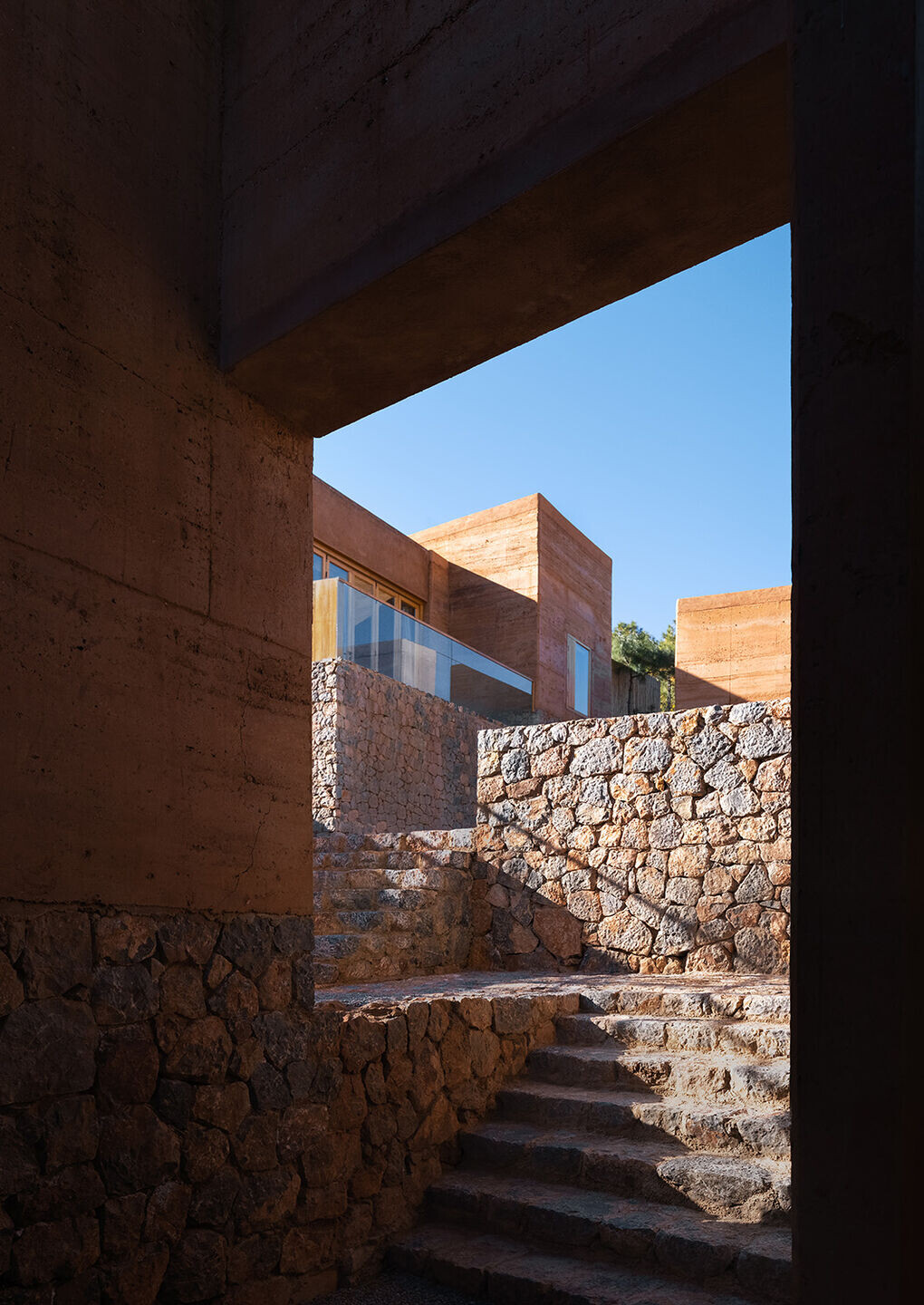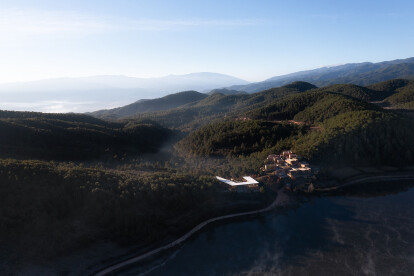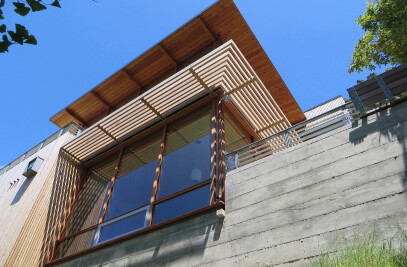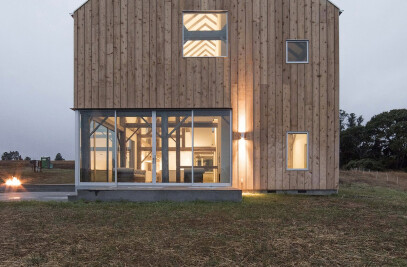The Linden Centre Shaxi Community Campus sits in a new national park, in Shilong village, on a trail from the historic town of Shaxi, in the high mountains of Yunnan, southwest China. The campus contains community and cultural facilities as well as small dwelling cabins for visitors involved in economic development and cultural education. The project is funded by the governmental Development-Oriented Poverty Reduction Program for Rural China, developed and managed by The Linden Centre, a local cultural and environmental education program.
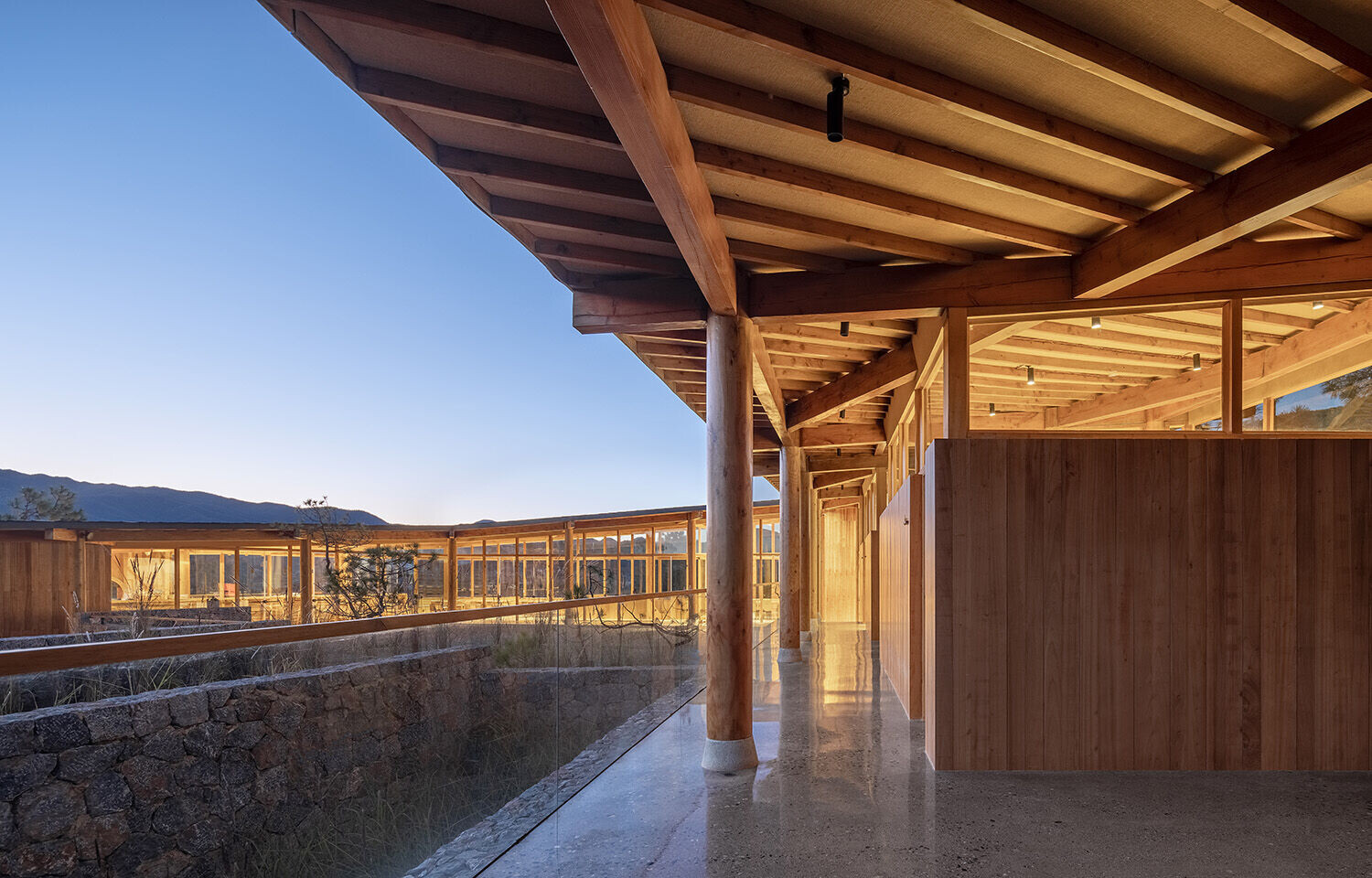


The remote village of Shilong has been largely untouched by modern development, maintaining a traditional logging, hunting, grazing and subsistence agriculture economy. The population is predominantly Bai ethnic minority, with rich traditions of craft and culture, including in communal construction of buildings. For ecological reasons, logging, hunting and grazing are no longer tenable in the park, and the community was expected to shift into tourism support, displacing cultural roots but expected to maintain scenic charm. The Linden Centre and its architecture team proposed an alternate vision, with the community maintaining traditional production skills to provide education and cultural sharing with visitors while merging traditional craft with technical learning to obtain higher-wage construction work in the region.
To achieve this the design uses local materials, craft traditions and community labor while also meeting international building standards and safety requirements, requiring a great deal of design team advocacy and invention to provide appropriate integration of tradition with modern technology.

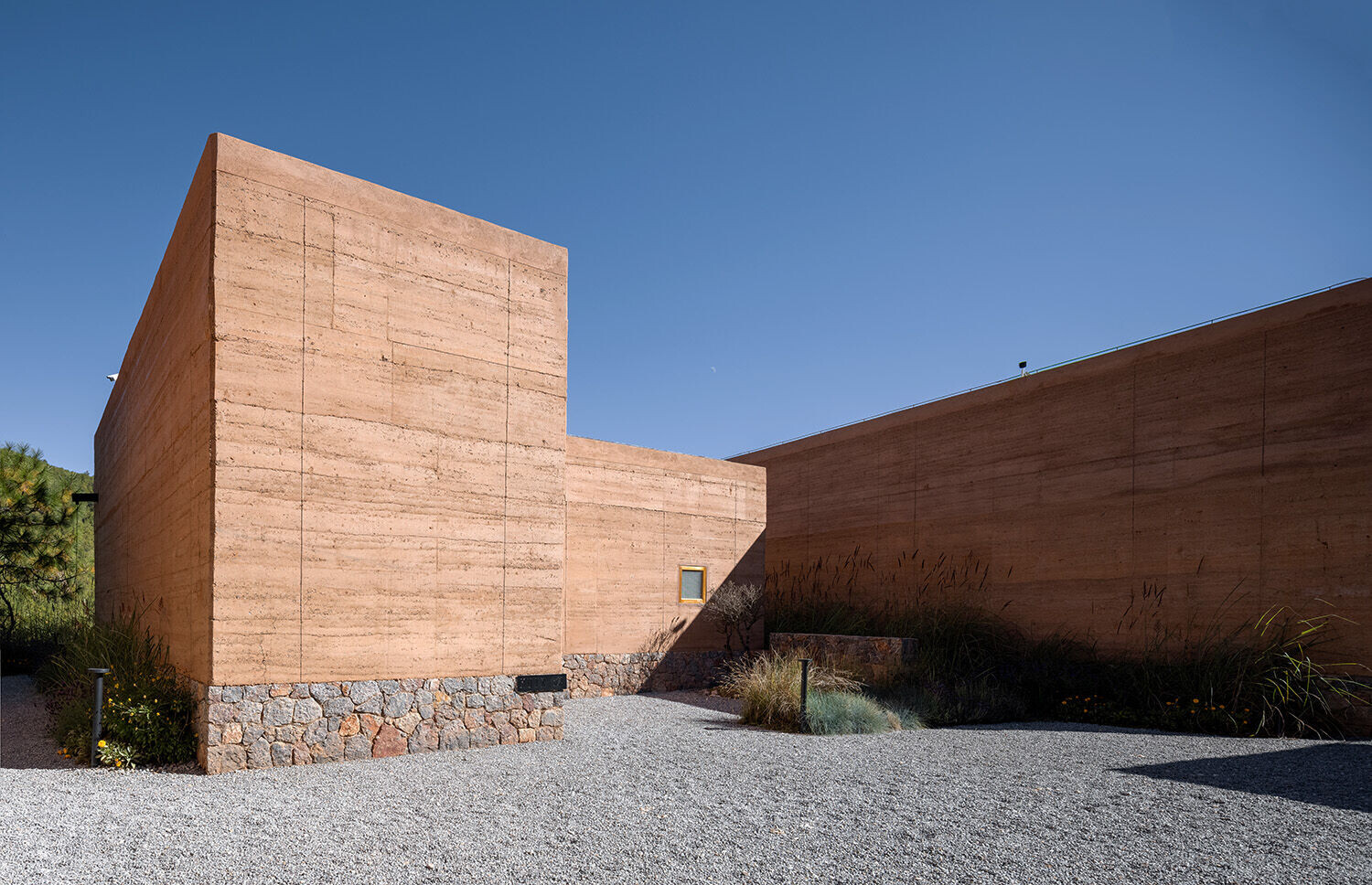

On our first site visit, the architects were presented with a remarkable mandate: ”please stake out the most beautiful site for the project, anywhere you like.” Followed by the mayor’s team wielding hatchets and sharpened stakes, the architects were pressed to establish the location and perimeter of construction. It was not considered auspicious that the architects became more interested in the pipeline and grazing scars than the more pristine land. On the other hand, it became clear that envisioning an environmentally sensitive project within a beautiful landscape required dealing with these massive scars. We quickly decided to build inside the scars, looking outward unto undisturbed earth. The building site was staked to straddle the straight slash of pipeline excavation, dividing an open grazing area to the east of the pipeline ravine from wilder animal paths carved terraces into the forested hillside to the west. Driving a great many stakes, we scribbled rude maps as we walked. A survey team followed, committing to digital accuracy this strange array of unexpectedly many points. The resulting design preserves pristine landscape, corrects existing scars , and without artifice, obtains an organic formal logic and spatial variety not unlike traditional village construction shaped over time by happenstance, weather and daily life.
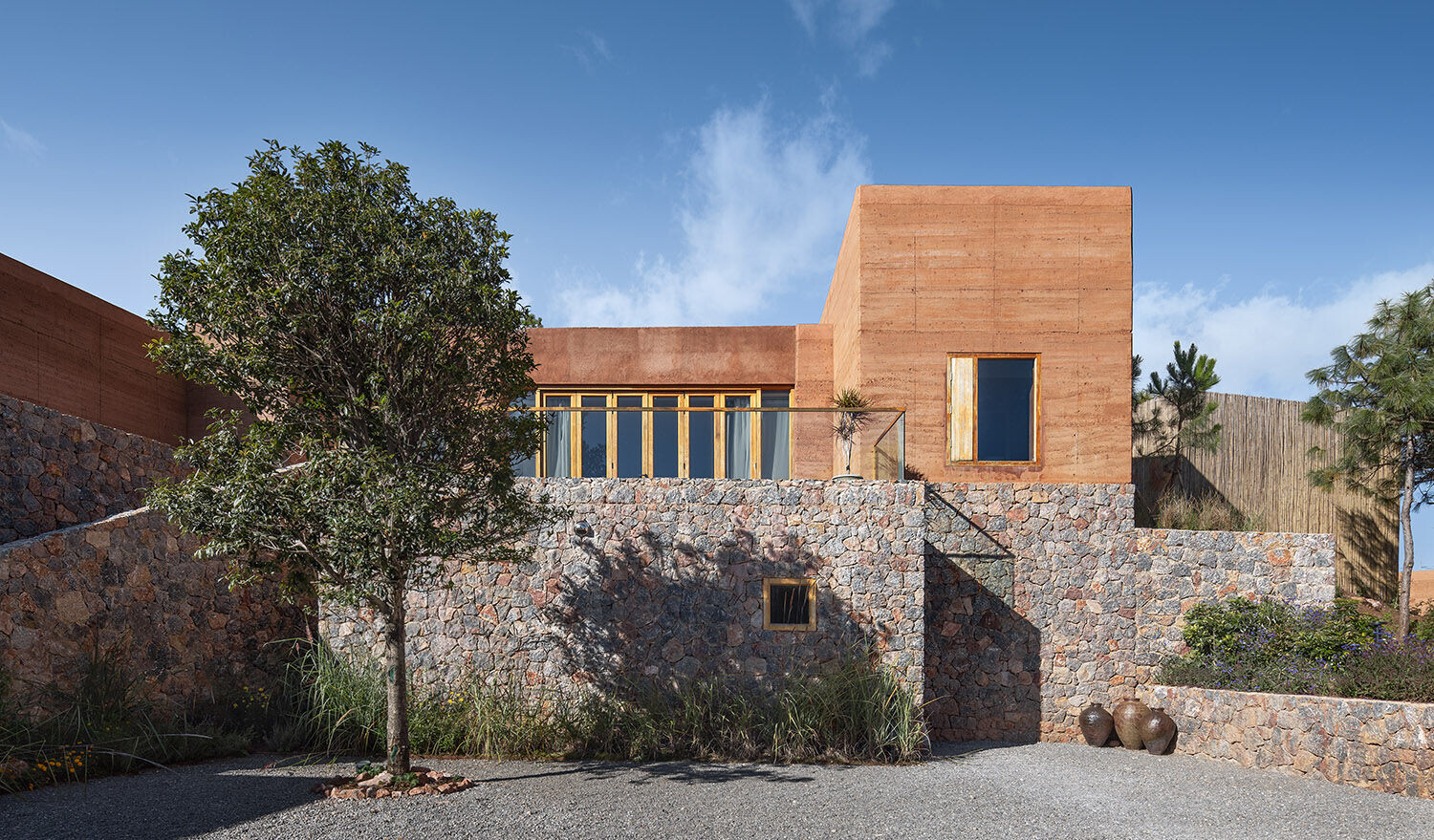
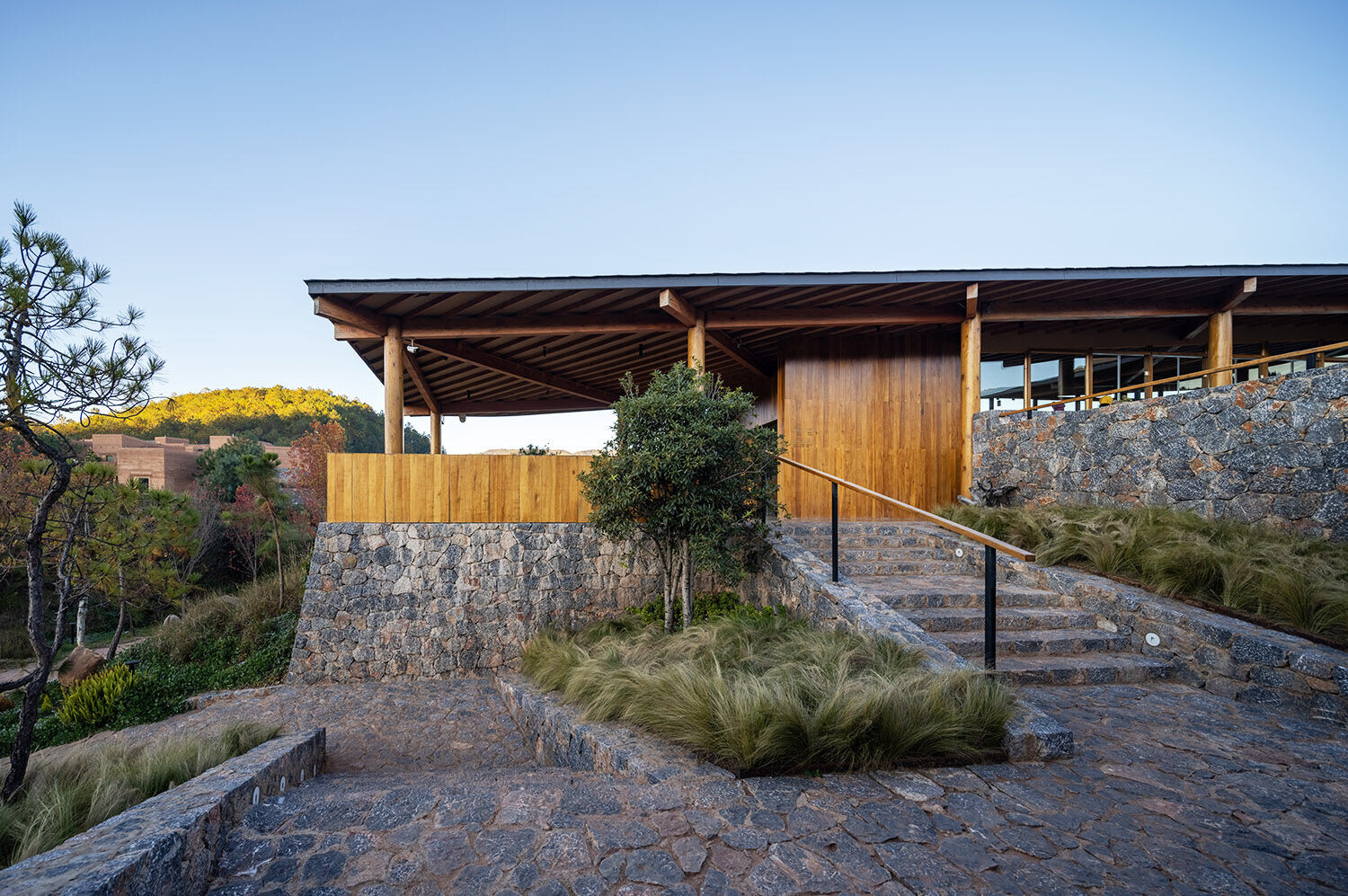
The form and layout of the project established for us, we studied the local ways of building, working with craftspeople to adapt traditional techniques to contemporary standards and building codes. For centuries Shilong villagers have worked together as a community team to build and repair. Women and men work together building stone foundations and rammed earth walls. Skilled timber framers then work with large teams of villagers to erect framework. Lines of townspeople load tiles onto the roofs to be laid in place by smaller teams above. Shared work creates community and continuity of material and technique throughout the village, across ages. As with the village itself, we built the new project in this same method of local teamwork, using local stone, rammed earth, clay tile, timber columns and beams. To this we added modern glazing, reinforced concrete where necessary, and manufactured fittings. Of greatest importance to the architects was the traditional stone ground plane constructed as a shared platform aggregating communal space with individual buildings. This stone plinth infrastructure is fundamental to the form and public experience of local villages. The stone groundwork of the new campus wanders and fills scarred spaces of the site, creating terraces, streets, courtyards, drainage courses and foundations, serving as plinth for the more fragile constructions of rammed earth and timber. A timber bridge springs from the stone on both sides of the artificial pipeline ravine connecting two distinct campus zones: on the east as cultural facilities, dining and gathering spaces; on the wooded west side of the ravine as rammed earth dwelling clusters nestled along lines carved over time by wandering cattle. While some specialty construction services were provided from the large city of Kunming, the majority of work was provided by the local village, rooting the new campus into the village community, and developing new hybrid skills extending local expertise into a continuing construction industry appropriate to this unique region of China.
